|
|
|
| Independence Hall |
|
Independence Hall is part of the national historical park preserving the birthplace of the Unitd States. It is a World Heritage Site where both the Declaration of Independence and the U.S. Constitution were created.
Constructed between 1732 and 1756 as the State House of the Province of Pennsylvania, it is considered a fine example of Georgian architecture. From 1775 to 1783 (except for the winter of 1777 - 1778 when Philadelphia was occupied by the British Army) this was the meeting place for the Second Continental Congress. It was in the Assembly Room of this building that George Washington was appointed commander in chief of the Continental Army in 1775 and the Declaration of Independence was adopted on July 4, 1776. In the same room the design of the American flag was agreed upon in 1777, the Articles of Confederation were adopted in 1781, and the U.S. Constitution was drafted in 1787.

|
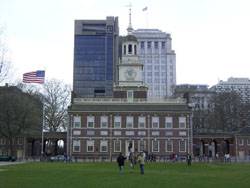
|
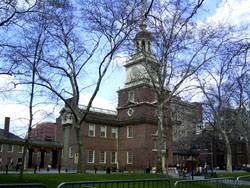
|

|

|

|
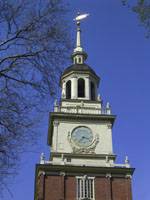
|
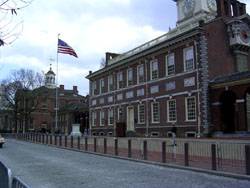
|
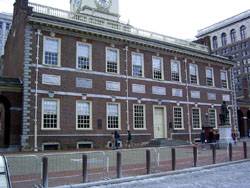
|

|
| Washington Square |
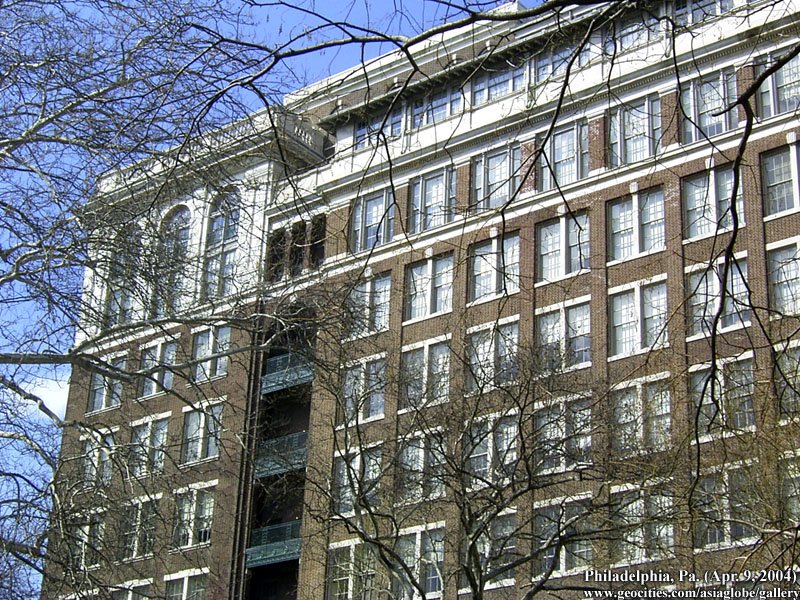
In 1825 the city changed the square's name to Washington Square in tribute to George Washington, and as the surrounding neighborhood became a fashionable residential neighborhood, a movement arose to build a memorial to Washington; but the original plans never proceeded beyond the laying of the cornerstone. Later in the 19th century, legal firms moved into the area, and in the first half of the 20th century Washington Square became the center of Philadelphia's publishing industry. Popular books, medical texts, and magazines such as The Saturday Evening Post and Ladies' Home Journal were published from offices around the square.
|
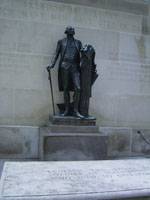
|
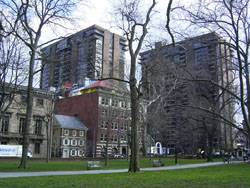
|

|
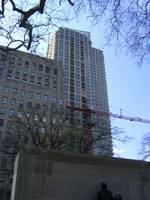
|
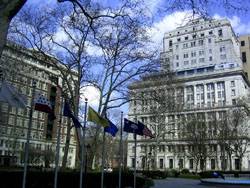
|
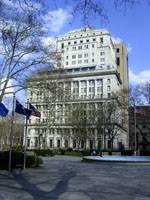
|
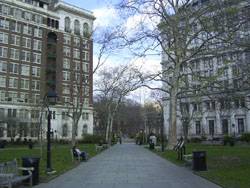
|

|
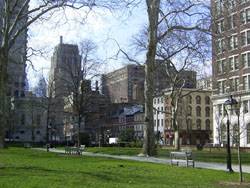
|

|
| Library Hall |

|
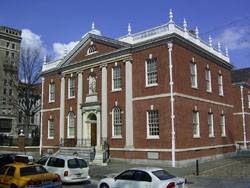
|
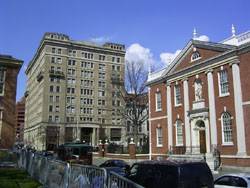
|
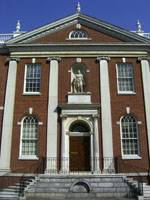
|
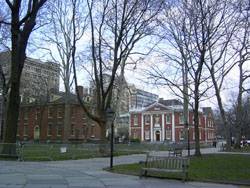
|
| Second Bank of the United States |
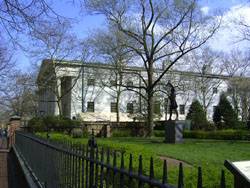
|
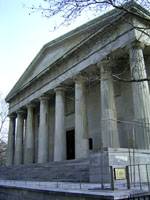
|
| Carpenter's Hall & Surroundings |
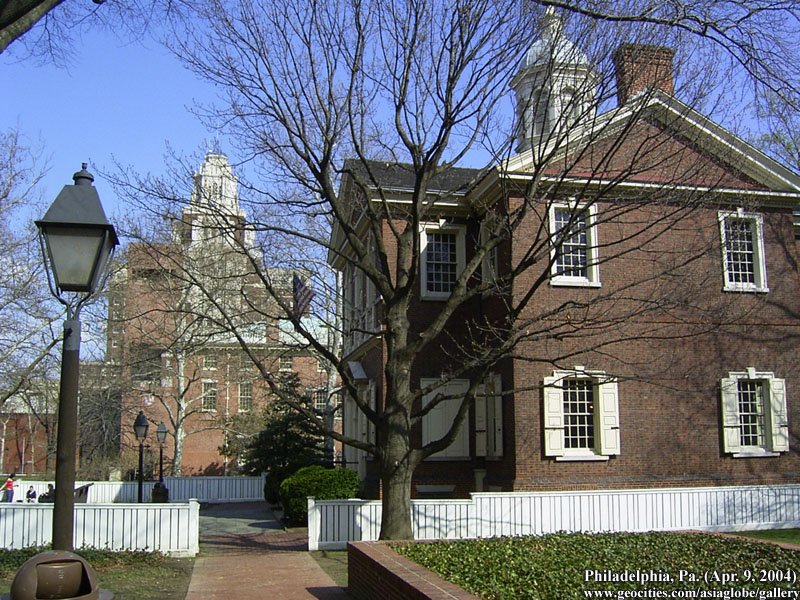
Carpenters' Hall was the site of the First Continental Congress. This gem of Georgian-style architecture became the unexpected incubator for many of the new nation's institutions since for many years Carpenters' Hall was the largest building in the city that could be rented. Its tenants include : the first lending library in the country, the First Continental Congress, the first Secretary of War, the First Bank of the U.S., the Second Bank of the U.S., and the Franklin Institute..
|
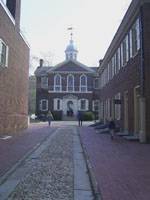
|
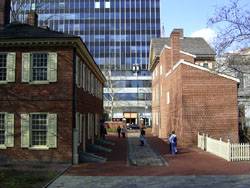
|

|
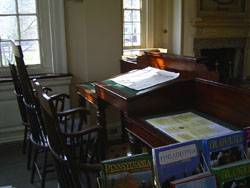
|

|

|
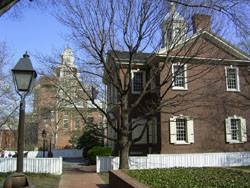
|
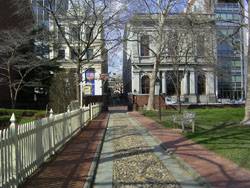
|
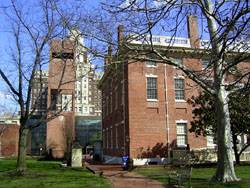
|
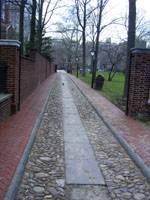
|
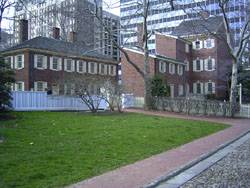
|
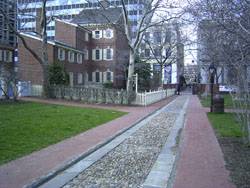
|
| Philadelphia Merchant's Exchange |
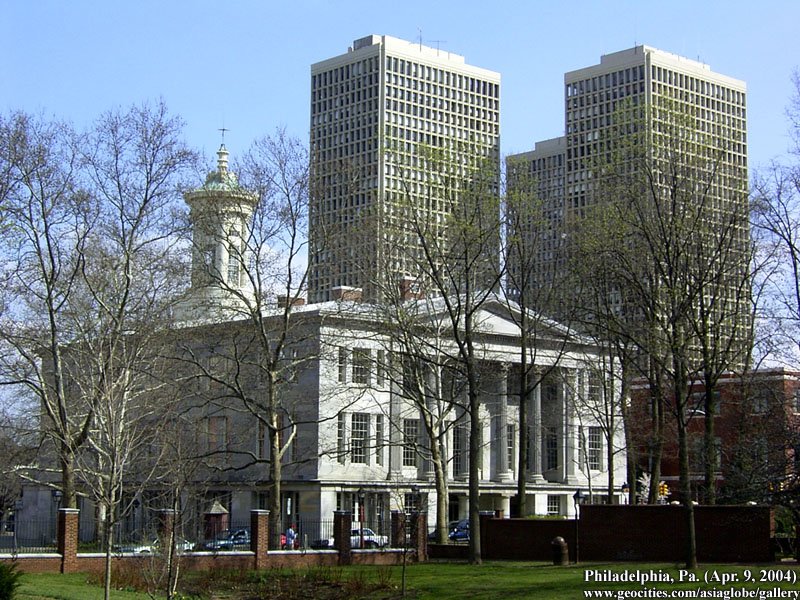
|
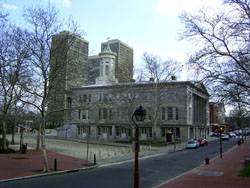
|
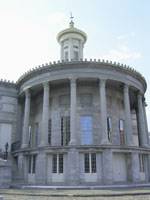
|
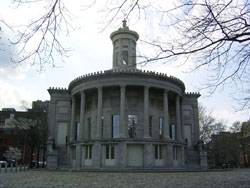
|
| Streets & Buildings |
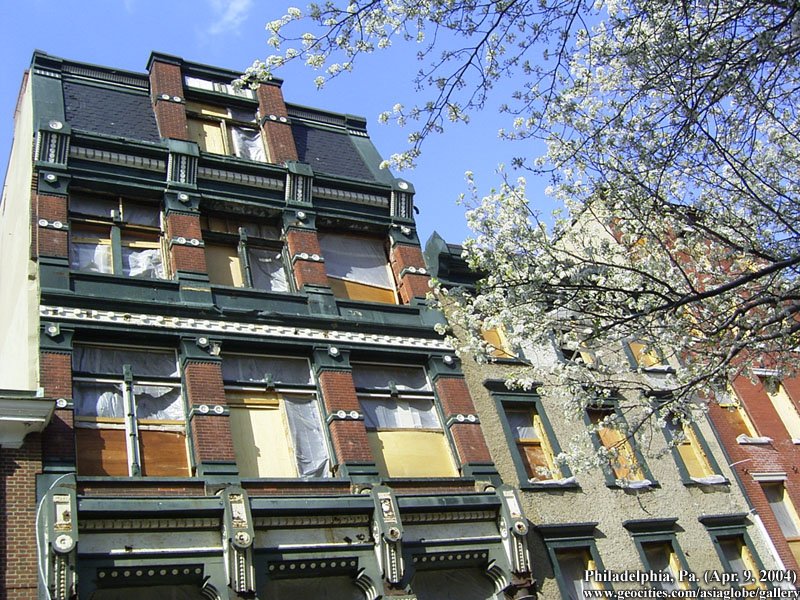
|
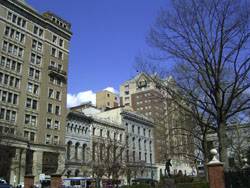
|
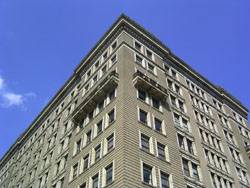
|
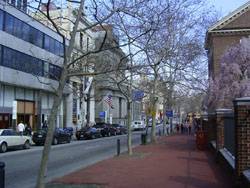
|

|

|
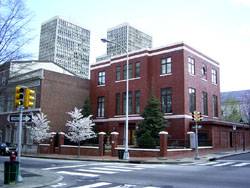
|

|

|
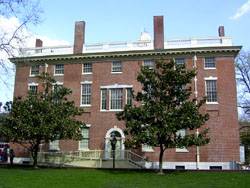
|